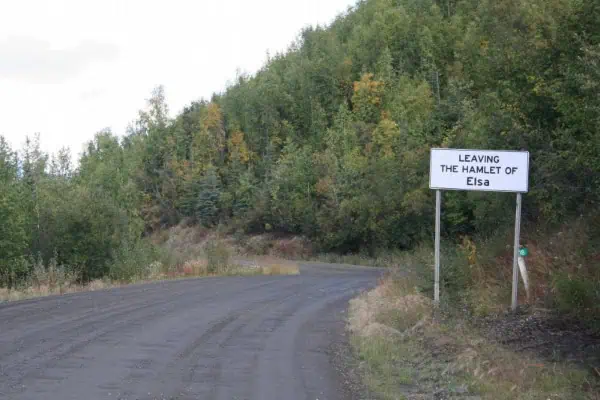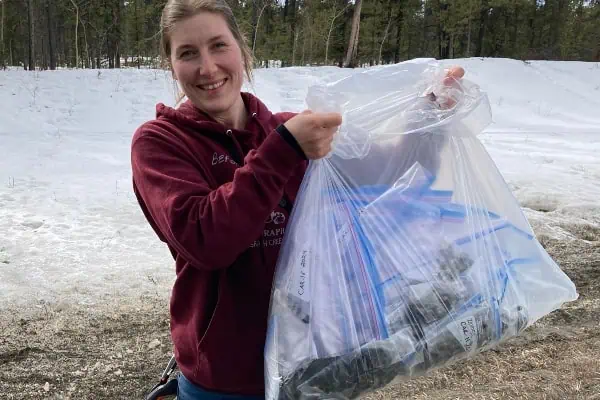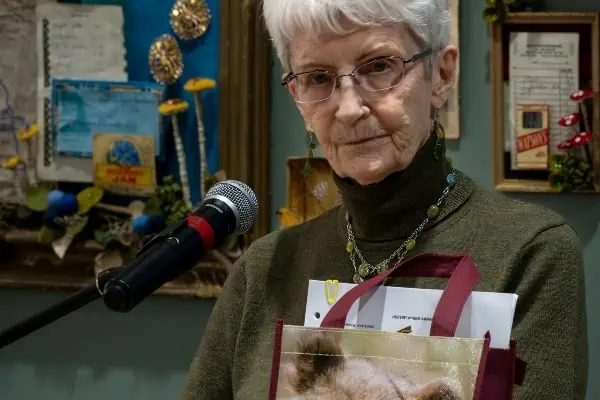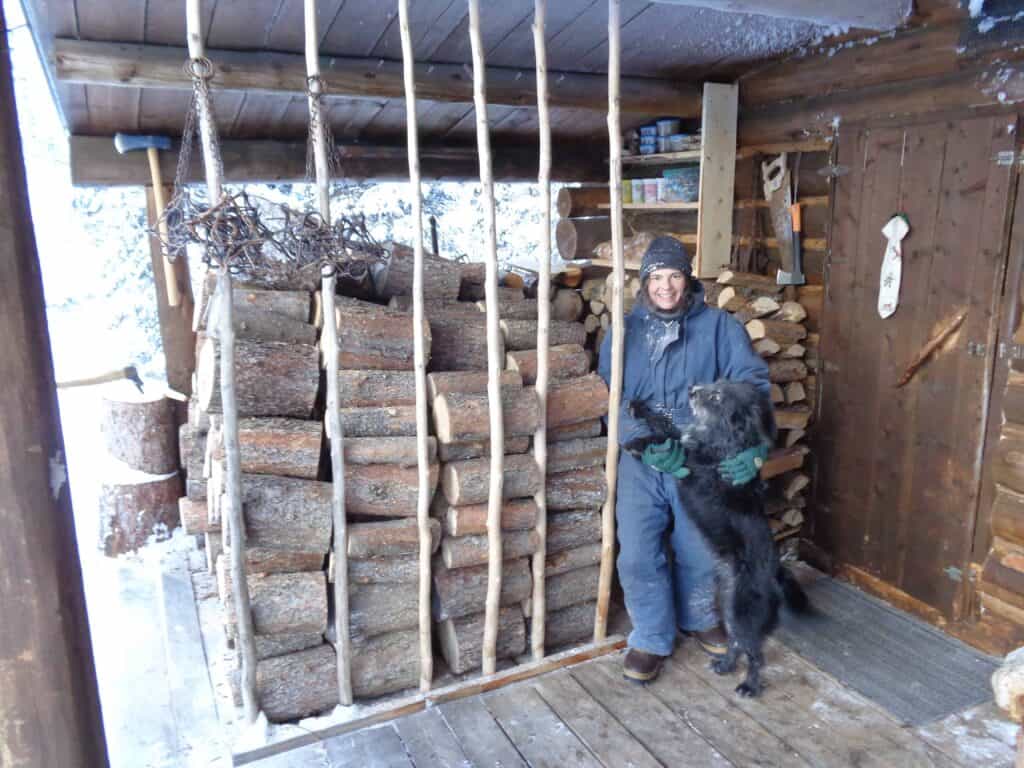
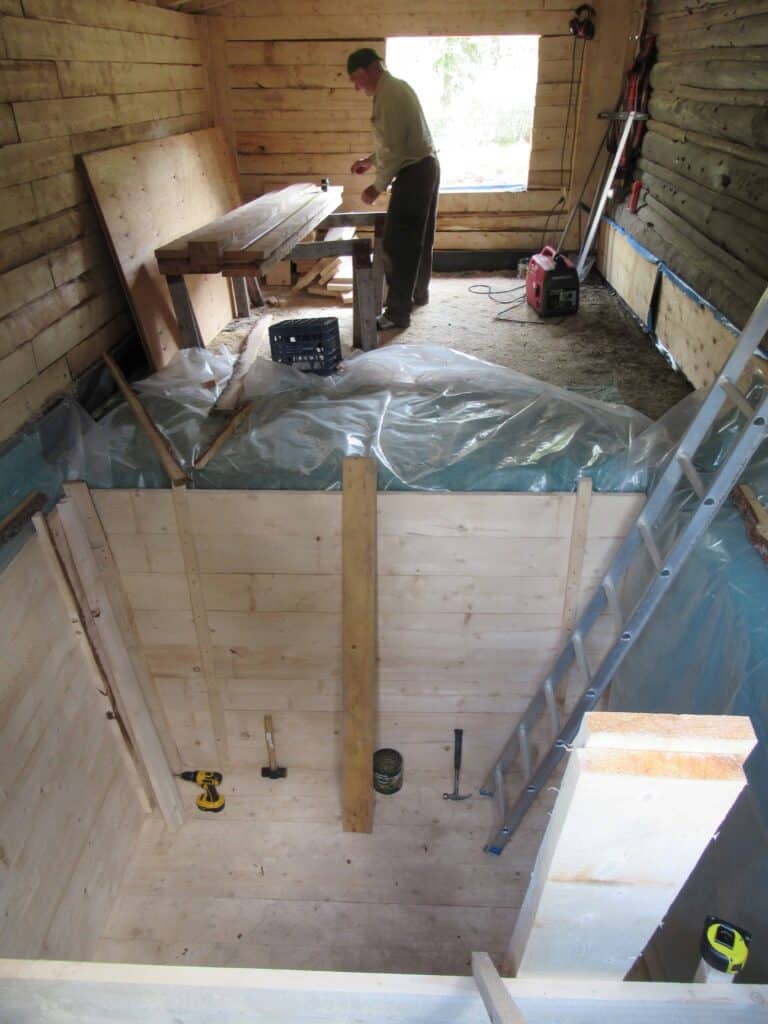
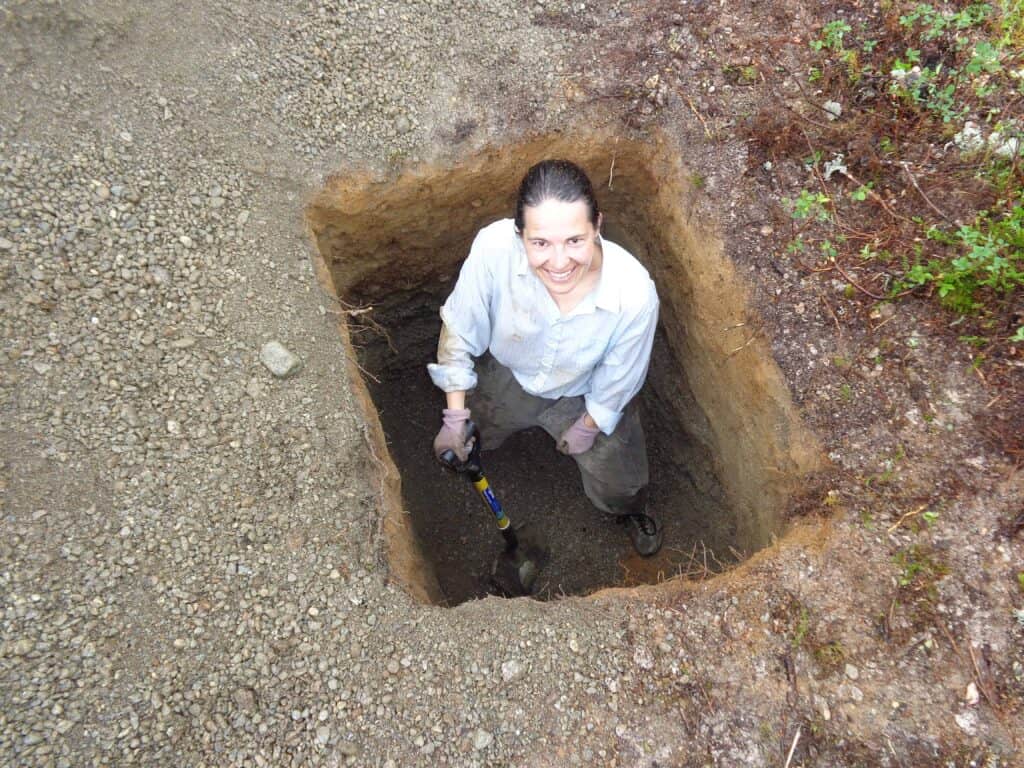
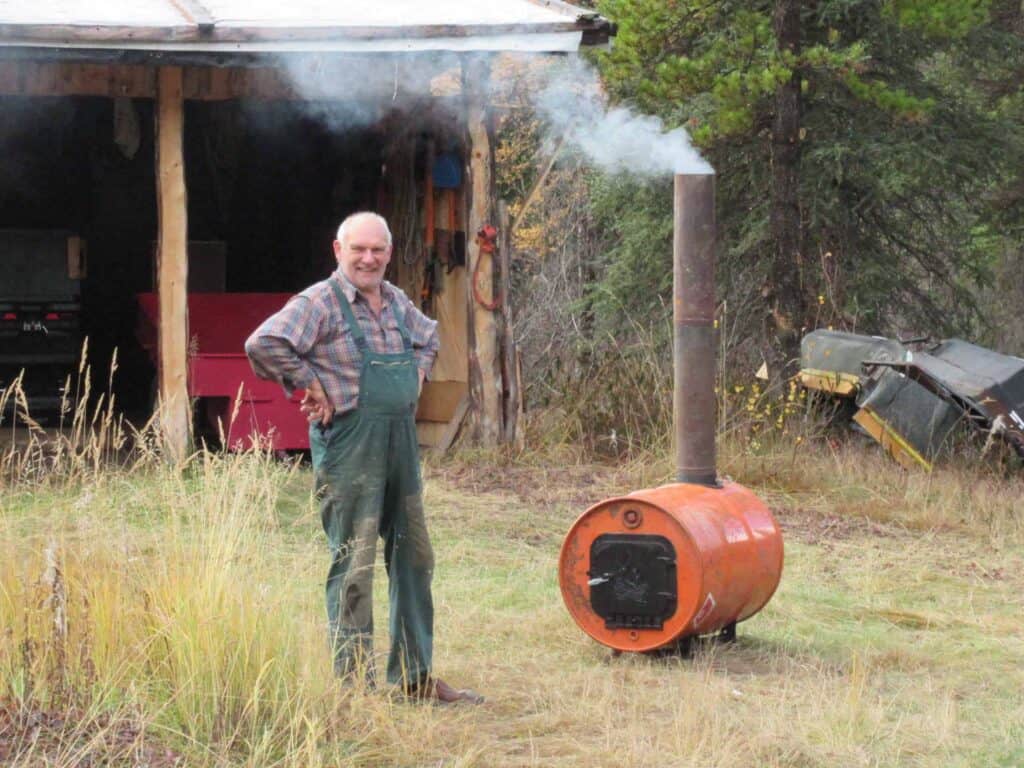
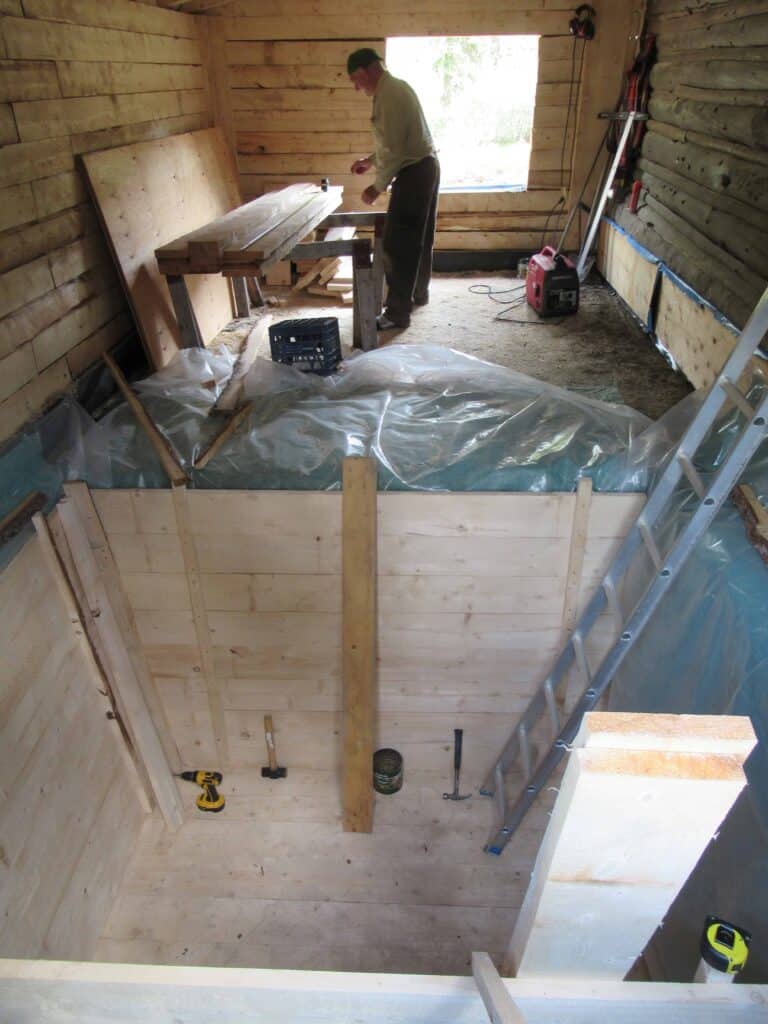
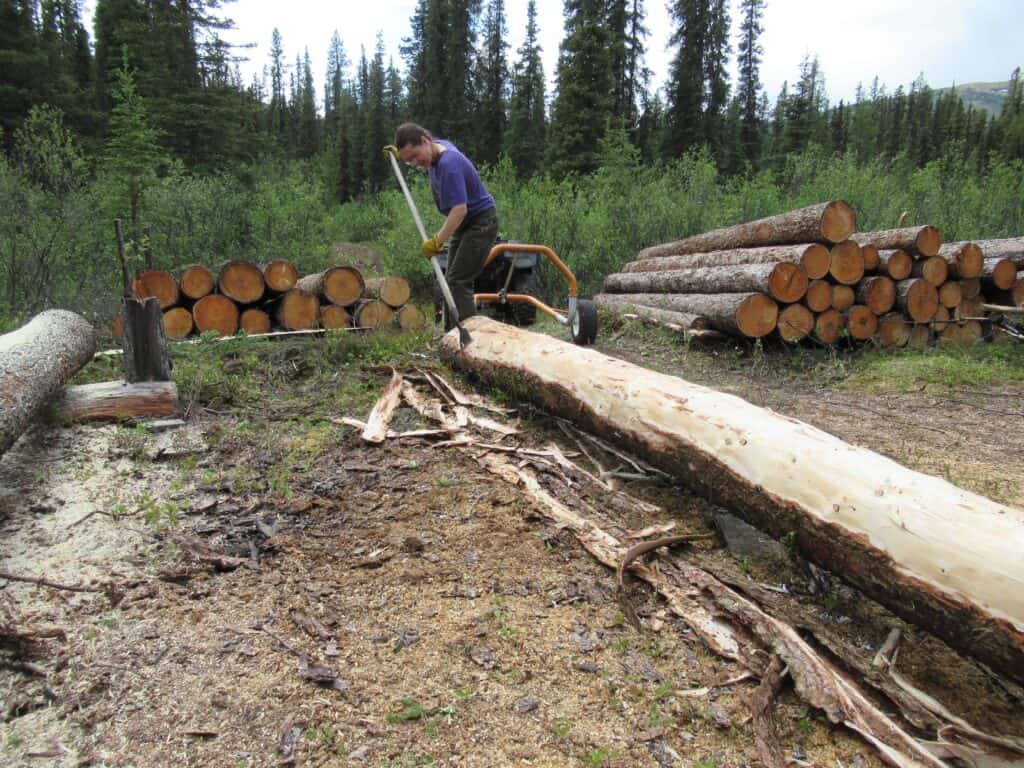
Each year, more people are realizing that on-grid living might not be the best solution for protecting the planet and one’s pocketbook, but we don’t really want to scale back on convenience, either. Still—people are starting to look at what to scale back on: maybe fill up the washing machine instead of just doing one or two pairs of jeans, turn off the lights and electric devices when not needed (listen to how quiet it suddenly is!), shower once a day instead of twice. Right there, you’re already saving a ton of money (not to speak of saving many litres of water, which costs, too). Try cooking (or even canning) big pots of food, so you can freeze a few meals. If you have a wood stove, you can have hot water all winter long and also be able to warm up your leftovers. And do you need the same temperature in each room? (I think sweaters have made a comeback.)
Out on the trapline, we both shower with 25 litres of water, which is heated on the wood stove. That water gets pumped through an RV pump, which runs with solar power, and we are using an Ecoflow shower head. Before showering the “convenient” way, we used a water jug, heaved up onto a shelf, with a gardening water-can head attached. We also used to carry water up from the lake. Totally off-grid we are not, as we use a propane cooking stove. All of our pre-cooked meals are warmed up on the wood stove. Then, to scale back on generator fuel, we set up four solar panels with four batteries. We use this energy to run the electric tools, such as the skilsaw and mitre saw, and to run the LED lights in the cabin and charge the laptop and other small batteries. Before upgrading to LED bulbs, we used candles and kerosene lamps (don’t forget the headlamps!) to get ready to go trapping in the morning and read at night. Quite a luxurious set-up, now, don’t you think? Nor are we off-line, either, as we enjoy daily 10-minute internet sessions. True off-grid living would be: using an axe and saw to cut firewood, forgetting the internet, and going back to using candles.
Do we hibernate in the Yukon? To some extent, we do. Out here, we live by the light (sleep a bit longer in November, get up real early come March). When out trapping, we really try to get to the line cabin before dark, though, as the cabin would be cold, we’d be thirsty (we have to haul water or melt snow)—and tired. To scale back some more on fuel, we go trapping with one Ski-Doo pulling one toboggan.
In the middle of November to the beginning of February, we don’t have enough sunshine, so we still have to run the generator in this darkest time of year. When the generator is running, we make sure to charge all our batteries—and do the vacuuming, too.
We thought of trying out a small wind generator. It wasn’t realistic because we would have needed constant heavy wind with that unit, and that constant wind would be blowing for one winter only (not sorry about that, really, as we’ve heard stories and have read trappers’ stories about the winds in Saskatchewan, which we can do without).
A few years ago, we got some spray bottles of insulation and filled the cracks in the ceiling boards of our 20- by 22-foot log cabin. We couldn’t believe what a difference that made with retaining heat. All of a sudden we used a lot less firewood. The wood stove has a pipe going below the floor where it gets its own air.
If you have a small cabin only, then cellars are sure handy: they’re cool and dark; therefore, you won’t need a refrigerator. Our potatoes, onions and apples last for half a year, but beware of mice—they love apples and will gladly eat potatoes, too. Also, make sure to keep your mouse attractants (sugar, flour, soup packets, chocolate) in plastic containers. Do not use big cardboard boxes (they’ll get damp and might spoil your food): that’s what we did, once, with our cartons of eggs. We put them in a Rubbermaid box and put the cover on it. The cartons got damp and the eggs did too! So now we just leave the eggs in their cartons and put them on the shelves in the cellar. Haven’t tried the “sailor” way, yet (story goes that eggs last even longer when you turn them “head to toe,” once in a while).

